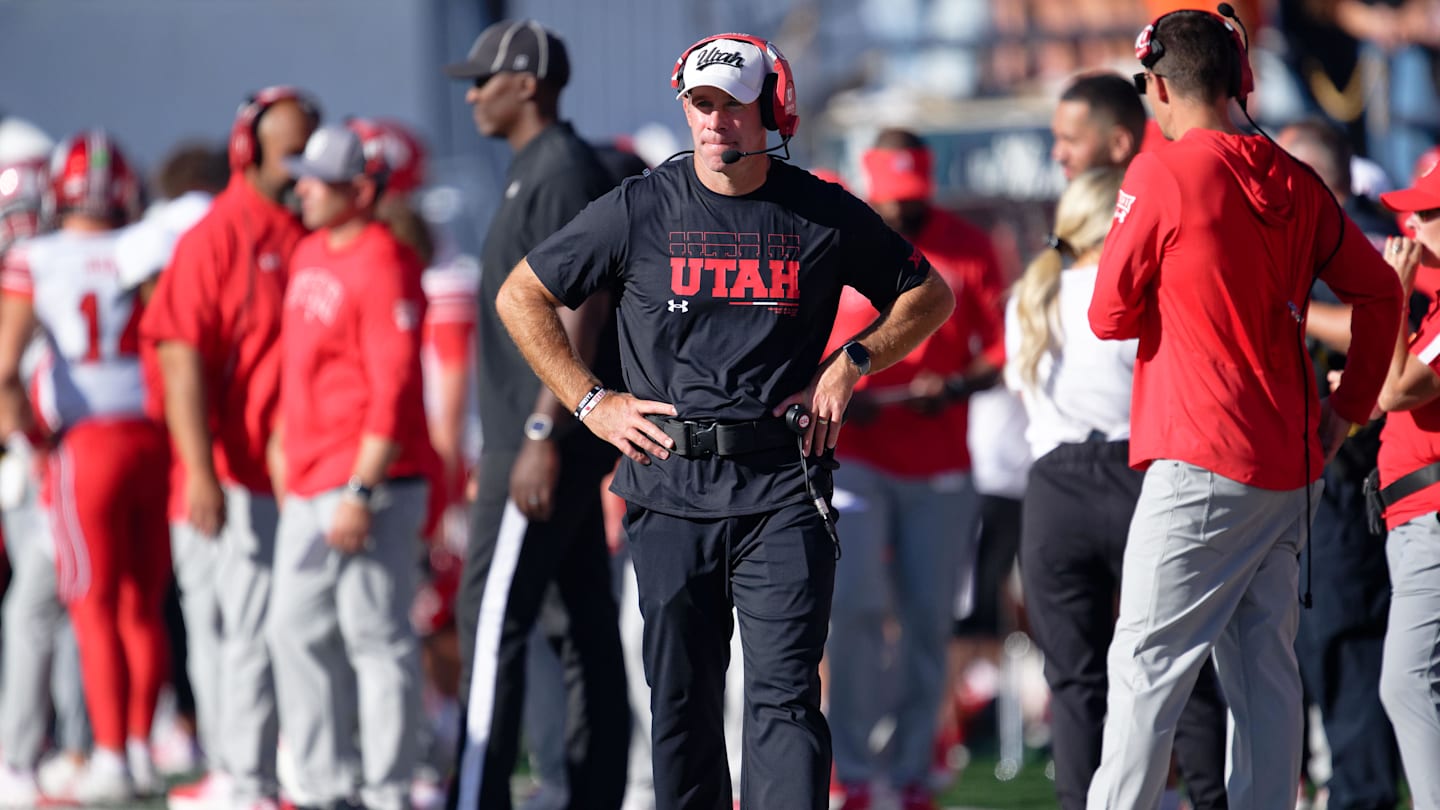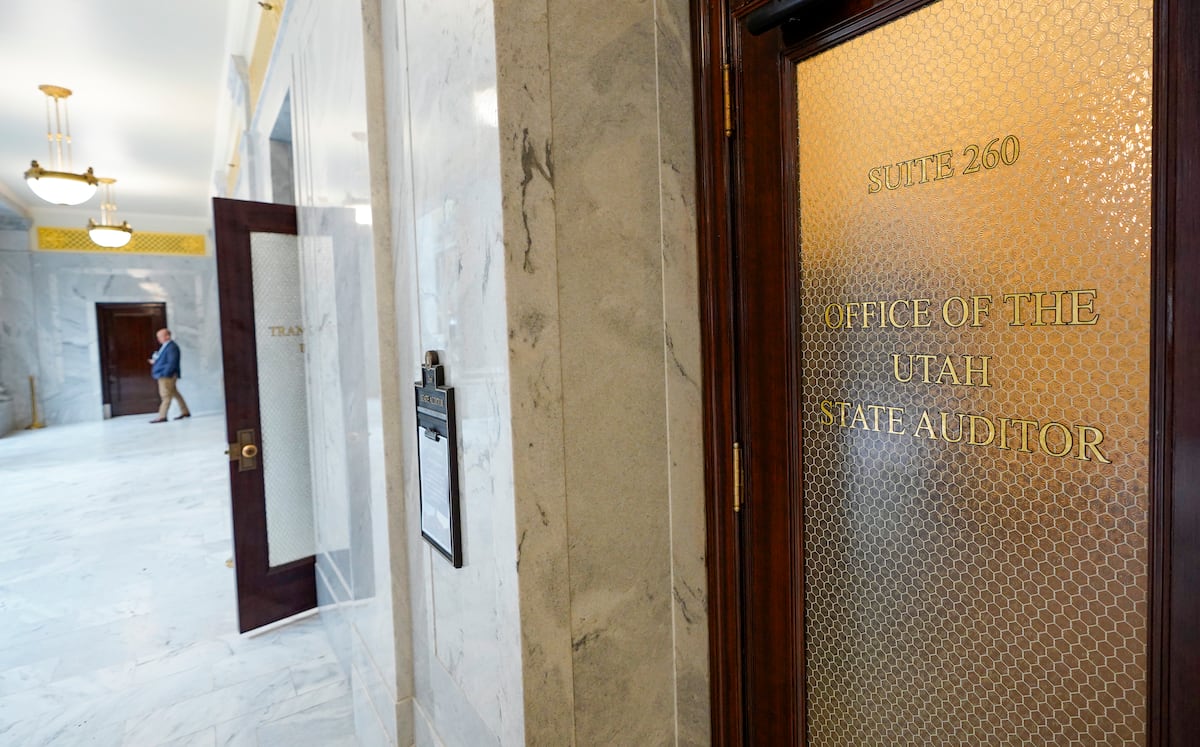The Utah Utes began final prep work for the upcoming college football season with the start of fall camp on Wednesday. Coming off a season in which his unit ran …

The Utah Utes began final prep work for the upcoming college football season with the start of fall camp on Wednesday.
Coming off a season in which his unit ranked top 10 in opposing quarterback completion percentage and rating, Utah defensive coordinator Morgan Scalley aspires for the Utes to be just as efficient against the pass as they were in 2024. That’ll require some new faces along the defensive line and in the secondary to step up and make plays, especially with several key contributors from last season’s squad gone either via the portal or the NFL.
Here’s what Scalley had to say about the Utes defense after the team’s first fall camp practice.
“It’s a physical sport. You got to be able to practice tackling. I think a few years ago when we played Florida, we tried to try to dial it down physically [in fall camp] and we missed a ton of tackles in that game, and it exposed us a little bit. So yes, we want to get to the first game healthy, and we’re spacing out the practices and the periods in a way that we feel like we’re being smart with their health; at the same time, as a physical sport, you got to practice physicality. You got to be able to tackle and do the things that football players do.”
“Dilan Battle, transferring from LSU; Pupu Sepulona, Semi Taulanga — those bodies will help out a lot in the depth category. Now it’s just a matter of developing them and seeing who can play right away. The good thing is we’re not having to do much physically with them. Their weight’s where it needs to be. It’s just learning the defense.”
“I would say getting stronger, definitely. You’re always looking for speed off the edge. This is again, a point I’ve talked about before: I’m much more focused on a productive, efficient pass rush than sacks. If I’m hitting a quarterback, if I’m being disruptive, then you’re forcing him to get rid of the ball quicker than he wants to. So I felt like we did a pretty good job of that last year. Obviously, the sack count wasn’t what it was in previous seasons, but I felt like we were effective at getting to the quarterback. I like the depth that we have there. I think that we’ve gotten better. [Defensive ends coach Lewis] Powell has done a great job of developing that group, and it’s going to be a competitive fall camp for those guys.”
“Athletic quarterbacks just cause issues, particularly when you’re going to use them in a dedicated quarterback run game. It’s one thing for him to just pull it on his own, escape the pocket, things break down and he’s able to make plays just with his legs on his own. But when there’s a dedicated run package that you, as a defensive coordinator, really have to focus on — OK, how are we going to add a guy in the box? How are we going to take care of the quarterback in the run game? It really forces you to practice that. So he provides both … if you’re going to four-man rush the kid, he does a great job of understanding when things break down, when to take off. But they also have a very good, dedicated QB run game.”
“The studies have shown us that [the] No. 1 takeaway in the Big 12 last year was an interception in zone coverage. It’s quarterbacks forcing things into windows. The second was interceptions in man coverage. Usually that’s more of an incompletion coverage. The majority of interceptions you see, they’re tipped passes, free safety coming over the top.”
“The next thing that you’re looking at is forced fumbles from the second guy in — not the first guy in, second guy in. So there are certain aspects of takeaways, that you can practice — zone drops catching a football, including footballs in your drill work. And then a focus on second guy in; how to strip the ball, how to take care of the ball, how to go down, how to recover a ball in traffic versus how to recover a ball in space. And so those are the things that we have to do a really good job of.”
MORE UTAH NEWS & ANALYSIS
Source: Utah News








